Healthy soil is the foundation of a thriving garden, and certain plants can naturally enhance its structure, fertility, and nutrient content. By strategically growing these plants, you can reduce the need for chemical fertilizers, prevent soil erosion, and support beneficial microorganisms.
Legumes like clover and alfalfa fix nitrogen into the soil, while deep-rooted plants like comfrey and daikon radish break up compacted earth and improve drainage. Other plants, such as buckwheat and mustard, act as natural green manure, enriching the soil with organic matter when tilled back in.
Discover 17 powerful plants that naturally enhance soil health, so you can build a sustainable, nutrient-rich garden while reducing waste and effort!
Clover

Clover is more than just a lucky charm. This humble plant excels at fixing nitrogen in the soil, making it a fantastic companion for many garden crops. Its deep roots improve soil structure, reducing compaction and promoting healthy growth. Clover’s ability to cover the ground helps prevent erosion, keeping topsoil where it belongs. Often used as a cover crop, it suppresses weeds and conserves moisture, creating a thriving environment for other plants. Easy to grow, clover adapts to various conditions, offering both beauty and functionality.
Alfalfa
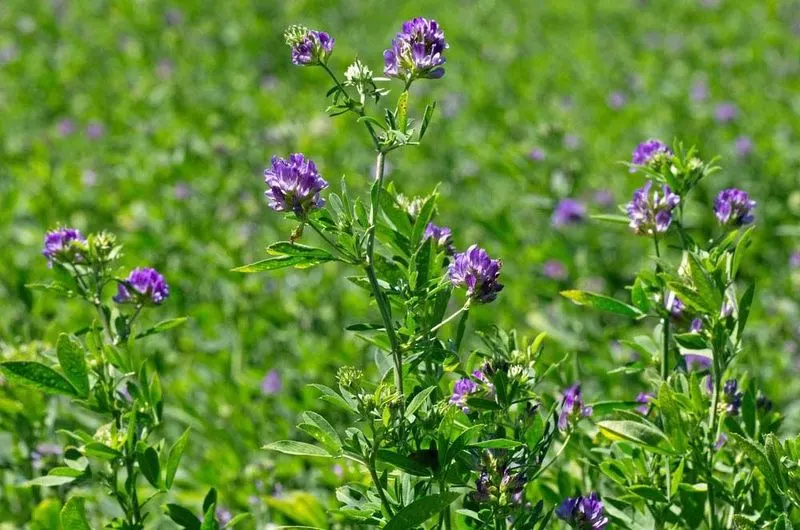
Alfalfa is a powerhouse when it comes to improving soil fertility. This deep-rooted plant draws nutrients from the subsoil, enriching the top layers with essential minerals. Its roots break up hardpan, increasing water infiltration and aeration. Alfalfa’s dense foliage adds organic matter when tilled back into the soil, enhancing its structure and nutrient content. Often used in crop rotation, it helps rejuvenate fields, making it a favorite among farmers. This resilient plant thrives in various climates, proving its worth time and again.
Comfrey
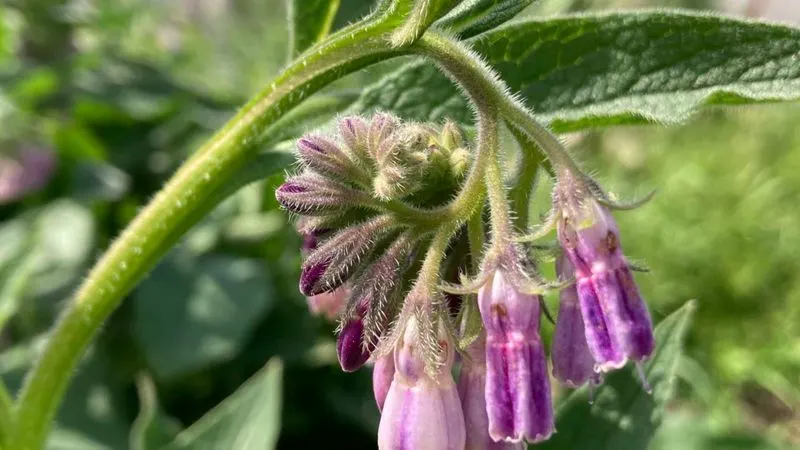
Comfrey is a gardener’s best friend, known for its rapid growth and nutrient-rich leaves. This hardy perennial accumulates potassium, phosphorus, and other nutrients, making them readily available to neighboring plants. Its deep taproots mine subsoil for minerals, improving overall soil health. Comfrey leaves, when used as mulch or compost, add organic matter and boost microbial activity. Renowned for its medicinal properties, this plant offers both garden benefits and herbal remedies, making it a versatile addition to any plot.
Lupine
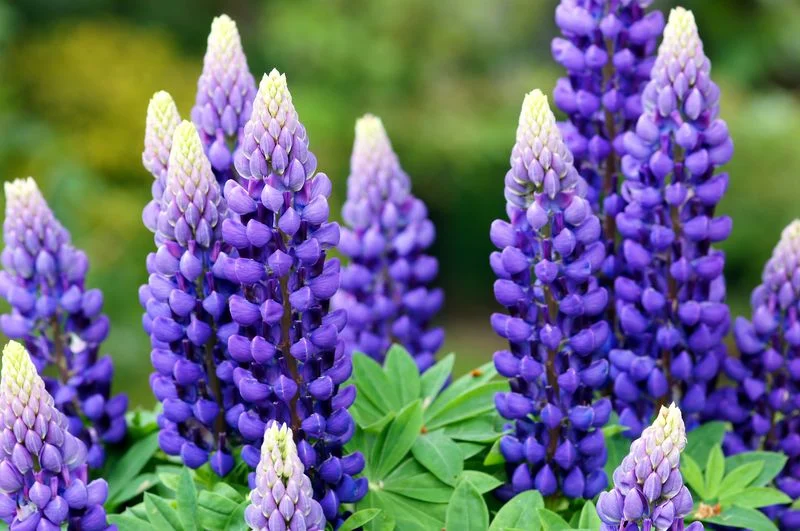
Lupines are nature’s nitrogen factories. These striking plants fix atmospheric nitrogen, enriching the soil for future crops. Their long taproots break up compacted soil, enhancing its texture and drainage. With vibrant flowers that attract pollinators, lupines add aesthetic value to any garden. As a green manure, they are tilled into the soil to boost organic content, leaving the earth richer and more fertile. Perfect for poor soils, lupines thrive in diverse environments, proving both beautiful and beneficial.
Buckwheat
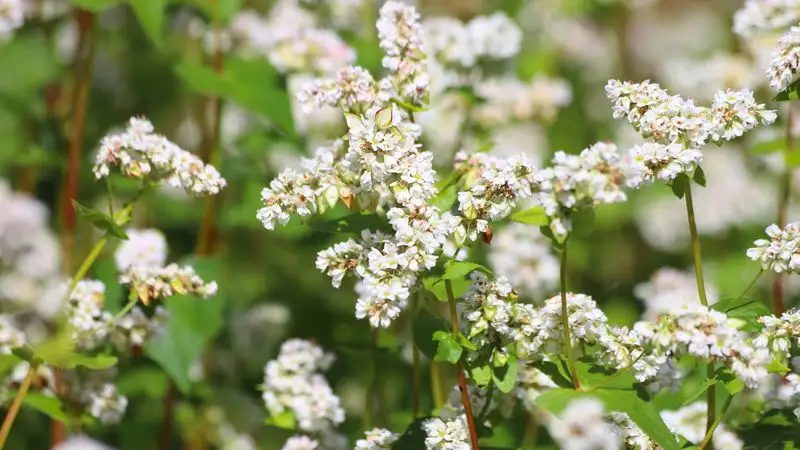
Buckwheat is a fast-growing cover crop that works wonders for soil health. Known for its ability to thrive in poor soils, it quickly establishes a canopy, suppressing weeds and preventing erosion. Buckwheat’s roots penetrate compacted layers, improving soil structure and aeration. When tilled into the soil, it adds organic matter, enhancing fertility and microbial activity. Its flowers attract beneficial insects, making it a valuable addition to any ecological garden. This versatile plant is a testament to nature’s efficiency.
Vetch
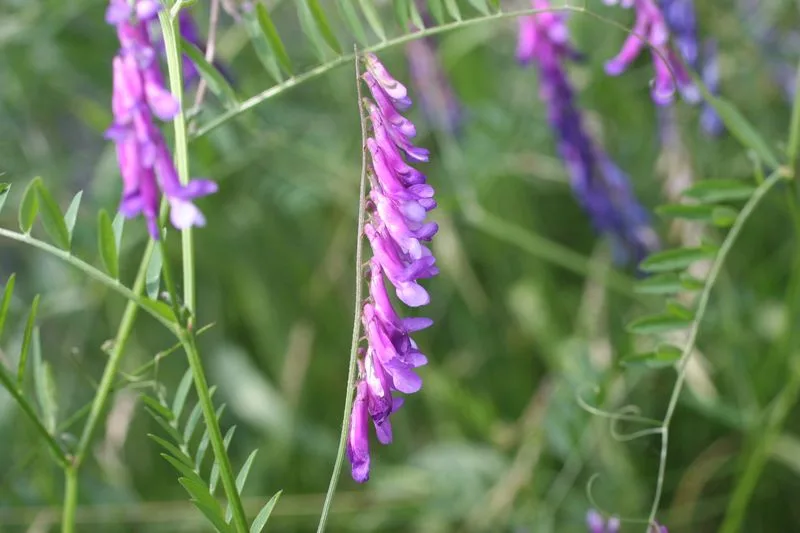
Vetch emerges as a champion in nitrogen fixation, enriching the soil with this vital nutrient. Its sprawling nature covers the ground, suppressing weeds and conserving moisture. Vetch’s roots penetrate deep, improving soil aeration and structure. Often used as a cover crop, it enhances soil fertility, paving the way for robust plant growth. This legume works harmoniously with other plants, offering both beauty with its purple blooms and functionality. Farmers and gardeners alike prize vetch for its myriad of benefits.
Sunflower

Sunflowers aren’t just a pretty face; they play a pivotal role in soil improvement. Their extensive root systems delve deep into the earth, breaking up compacted soil and enhancing its structure. Sunflowers draw heavy metals and toxins from the soil, acting as natural detoxifiers. As they grow, their biomass can be composted, adding organic matter and nutrients back to the earth. With towering stems and cheerful blooms, sunflowers attract pollinators and beneficial insects, enriching the garden ecosystem.
Mustard
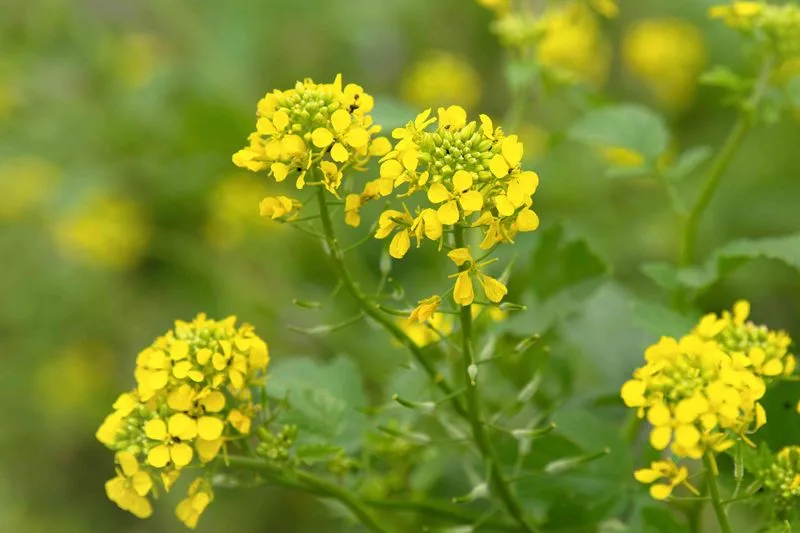
Mustard plants are more than just condiment sources; they are powerful biofumigants. These plants produce natural chemicals that suppress soil-borne pests and diseases. Their rapid growth and dense foliage create a thick cover, preventing weeds and erosion. When incorporated into the soil, mustard adds organic matter and enhances microbial activity. Ideal for crop rotation, mustard helps maintain soil fertility and health. This vibrant plant offers both agricultural benefits and a splash of color to any landscape.
Radish
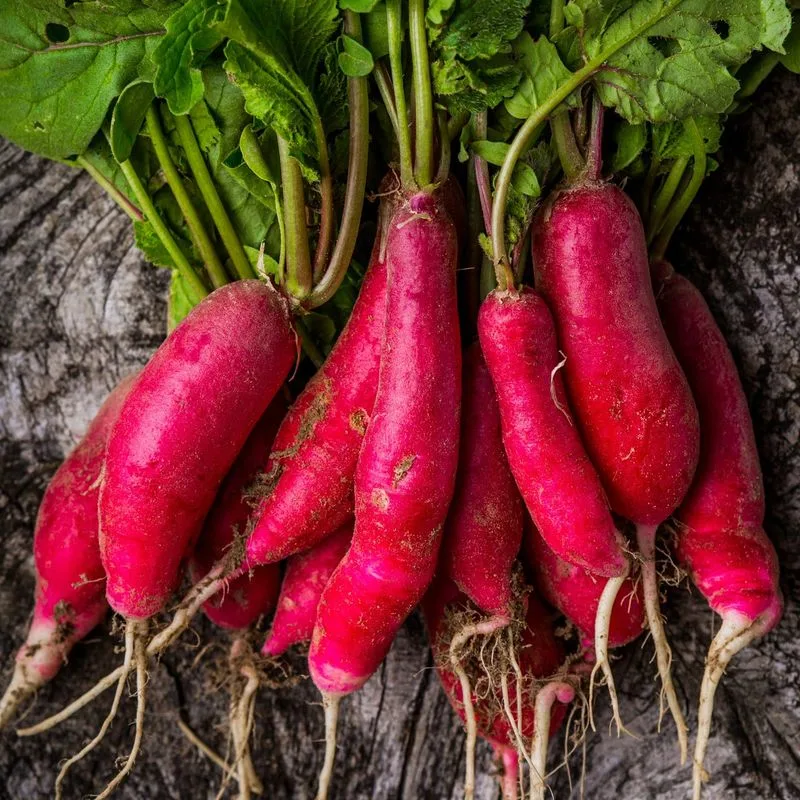
Radishes are the unsung heroes of soil regeneration. Their rapid growth and deep roots break up compacted soil, improving aeration and water infiltration. As they decompose, radishes add organic matter and nutrients, enriching the soil for subsequent crops. Often used in cover crop mixes, they suppress weeds and prevent erosion, maintaining soil integrity. With their vibrant appearance and easy cultivation, radishes offer both practicality and charm, making them a favorite among gardeners.
Hairy Vetch

Hairy vetch stands out with its impressive nitrogen-fixing abilities, enriching soil for future crops. Its vining nature covers the ground, suppressing weeds and conserving moisture. Hairy vetch’s deep roots improve soil structure and aeration, paving the way for healthy plant growth. As a winter cover crop, it protects soil from erosion, maintaining its integrity through harsh seasons. This legume’s beautiful blooms attract beneficial insects, adding biodiversity to the garden environment.
Peas
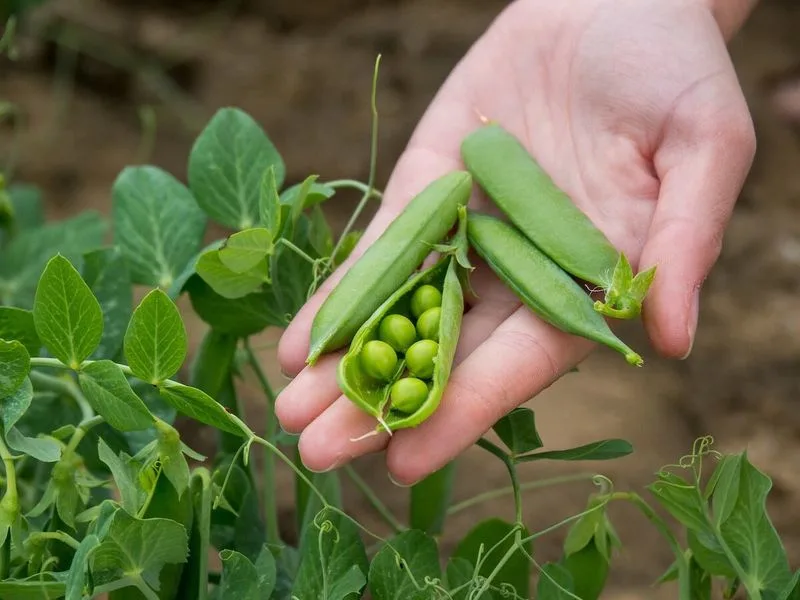
Peas are not just for the dinner table; they work wonders in the garden too. These legumes fix atmospheric nitrogen, enriching the soil for subsequent plantings. Their climbing habit makes efficient use of vertical space, while their roots break up compacted soil, enhancing structure. As cover crops, peas suppress weeds and conserve moisture, promoting a thriving garden environment. With delicate blossoms and tasty pods, peas offer both aesthetic and culinary delights, making them a gardener’s favorite.
Rye
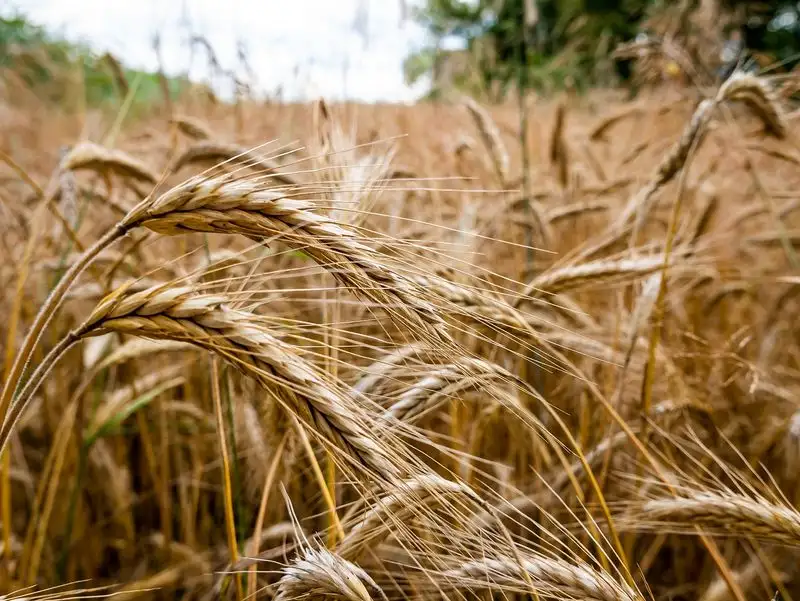
Rye is a winter cover crop that transforms soil health with its extensive root system. These roots delve deep, breaking up compacted layers and enhancing soil structure. Rye’s dense growth suppresses weeds and prevents erosion, maintaining soil integrity. As it decomposes, rye adds organic matter, boosting nutrient content and microbial activity. Ideal for crop rotation, rye rejuvenates fields, preparing them for the next planting season. This robust plant flourishes in various conditions, proving its agricultural worth.
Soybeans
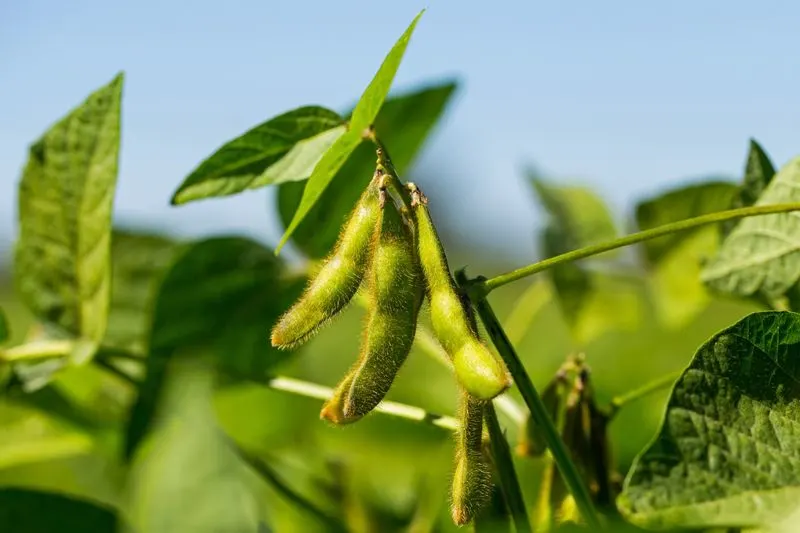
Soybeans play a significant role in soil enrichment through nitrogen fixation. Their roots work symbiotically with bacteria to convert atmospheric nitrogen into a usable form for plants. As a cover crop, soybeans suppress weeds and improve soil structure, paving the way for healthy crop rotations. Their versatility in various climates makes them a staple in sustainable farming practices. With both agricultural and nutritional benefits, soybeans are a vital component of eco-friendly agriculture.
Oats
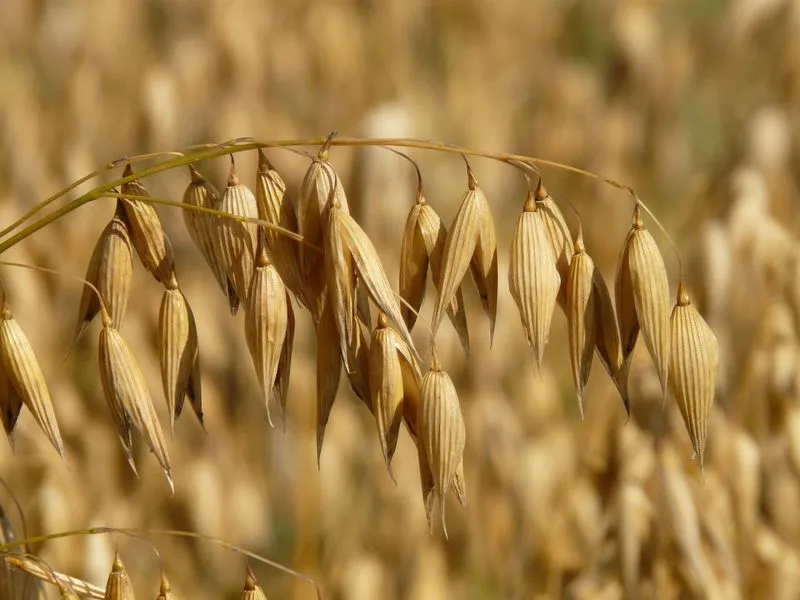
Oats are more than breakfast fare; they enhance soil quality with their fibrous root systems. These roots break up compacted soil, improving aeration and water infiltration. As a cover crop, oats suppress weeds and protect soil from erosion, maintaining its health throughout harsh seasons. When tilled back into the earth, oats add organic matter, boosting nutrient content and microbial activity. This resilient plant adapts to various conditions, making it a favorite among farmers seeking sustainable practices.
Crimson Clover
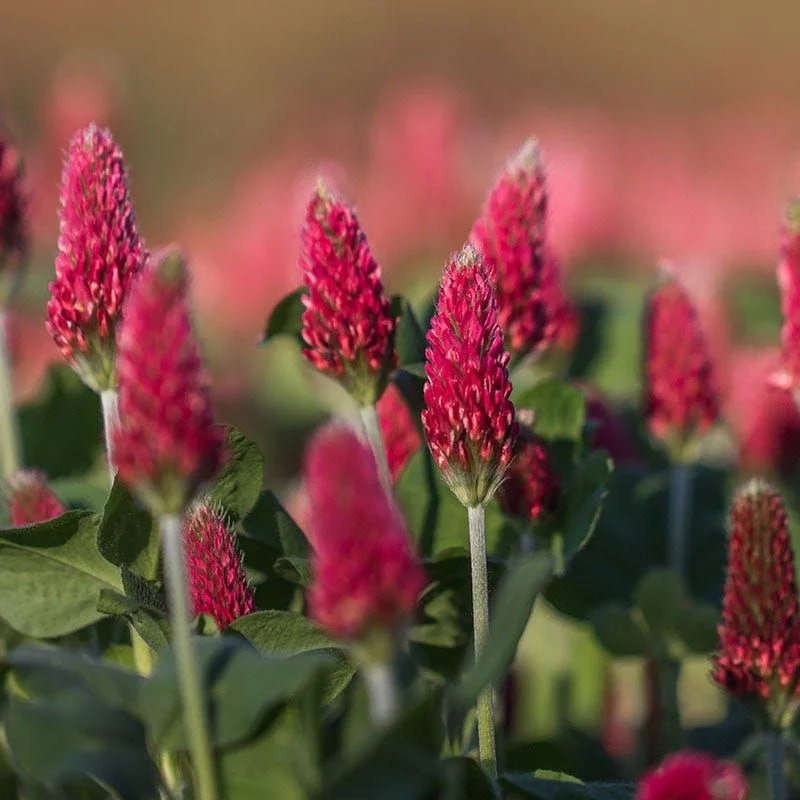
Crimson clover captivates with its striking red blooms and soil-enhancing abilities. This legume fixes nitrogen, enriching the soil for future crops. Its dense growth suppresses weeds and prevents erosion, maintaining soil integrity. Crimson clover’s roots improve soil structure and aeration, paving the way for healthy plant growth. Often used as a cover crop, it adds organic matter when tilled into the soil, boosting fertility and microbial activity. This beautiful plant offers both visual appeal and agricultural benefits.
Chicory
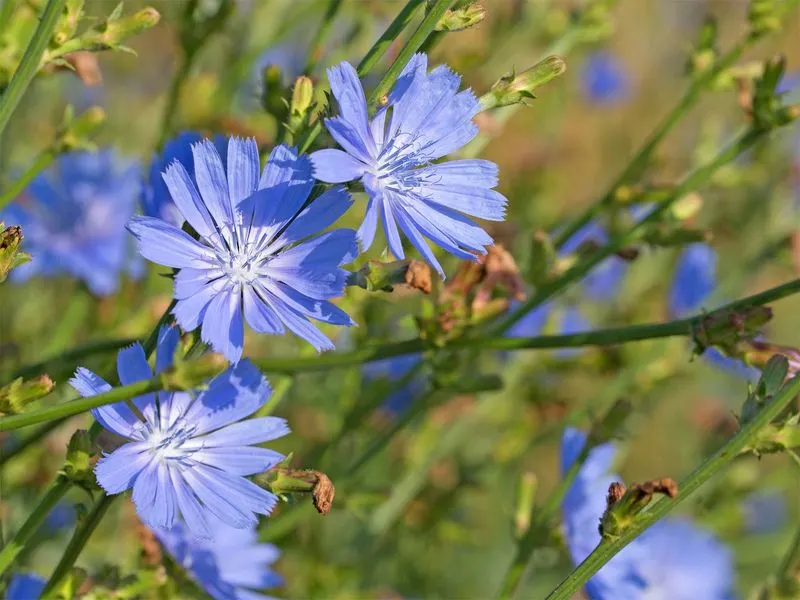
Chicory is more than a coffee substitute; it plays a crucial role in soil improvement. Its deep taproots break up compacted soil, enhancing structure and aeration. Chicory draws nutrients from the subsoil, enriching the top layers with essential minerals. When used as a cover crop, it adds organic matter and boosts microbial activity. Chicory’s resilience in various climates makes it a valuable addition to any sustainable farming practice. With its striking blue flowers, it adds beauty to the landscape.
Sorghum

Sorghum stands tall as a drought-resistant crop that revitalizes soil health. Its extensive root system penetrates deep into the earth, breaking up compacted layers and enhancing structure. Sorghum’s dense growth suppresses weeds and prevents erosion, maintaining soil integrity. As it decomposes, sorghum adds organic matter, boosting nutrient content and microbial activity. This versatile plant thrives in various conditions, proving its worth in sustainable agriculture and soil management practices.

